Italy’s historic villages offer an unparalleled journey through centuries of architectural
mastery. Each stone tells a story, and every narrow street leads to discoveries.
These hidden gems showcase everything from medieval fortifications to
Renaissance palazzos, giving visitors an authentic glimpse into Italy’s rich
architectural heritage.
These carefully preserved communities are living museums of Italian design and
craftsmanship from the northern Alps to the southern Mediterranean coast.
Corciano, Umbria
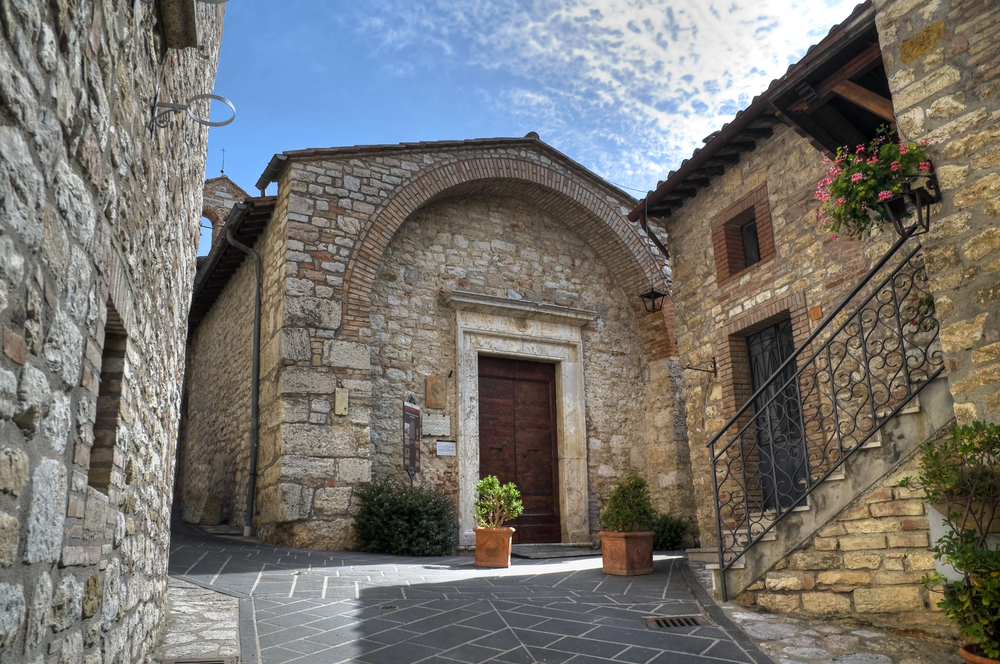
This preserved medieval village demonstrates exceptional examples of 13th-century
military and civic architecture. The elliptical urban plan reveals sophisticated
medieval approaches to defensive town planning and space utilization.
The restored tower houses showcase innovative techniques using local limestone and traditional mortars. The religious buildings display unique combinations of Romanesque and Gothic architectural elements adapted to Umbrian building traditions.
Pitigliano, Tuscany
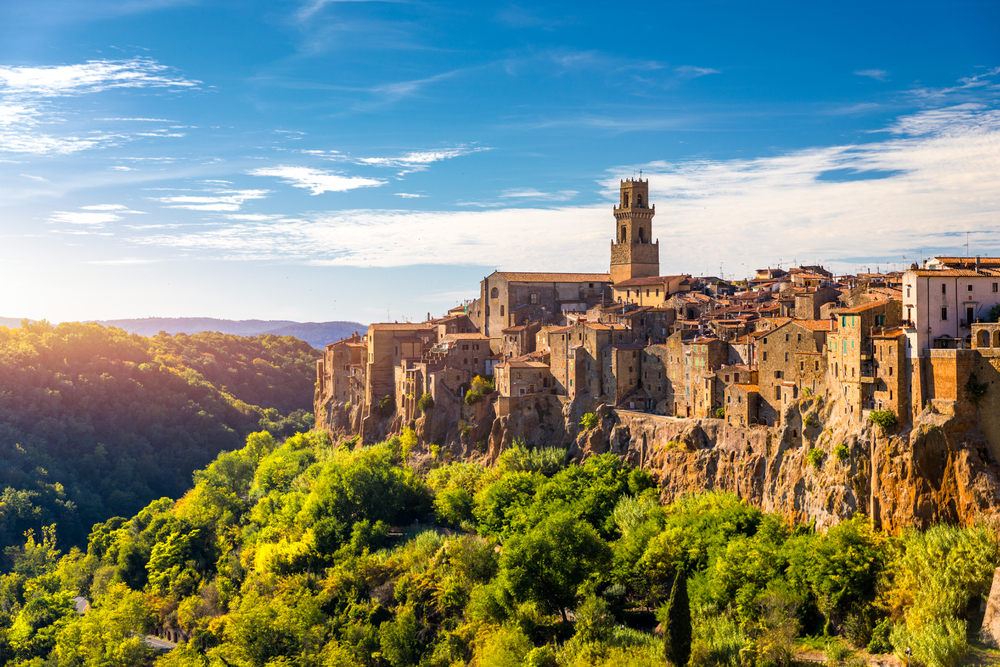
This remarkable village, carved into tufa rock, showcases a perfect blend of
medieval and Renaissance architecture in southern Tuscany. The Jewish Quarter
features unique architectural elements that reflect the harmonious coexistence of
different cultures throughout history.
The village’s defensive walls and towers demonstrate sophisticated military architecture from various periods. The network of underground tunnels and caves reveals ancient Etruscan building techniques.
Like Travel Pug’s content? Follow us on MSN.
Matera, Basilicata
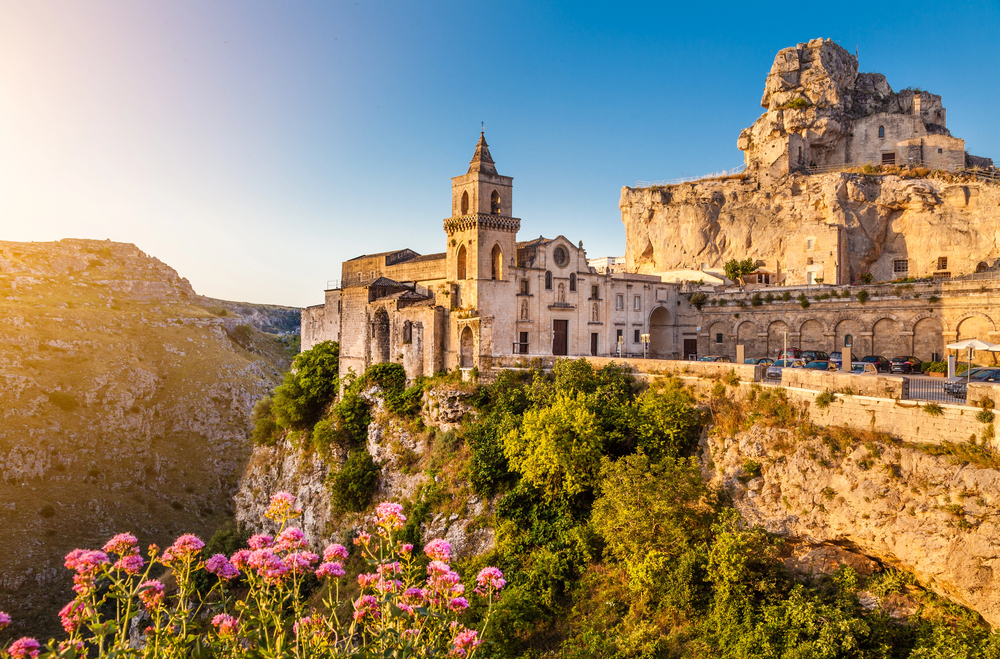
The ancient Sassi districts represent the world’s oldest continuously inhabited cave
dwellings, dating back over 9,000 years. The unique architecture includes houses
carved directly into the limestone cliffs, creating a complex vertical landscape of
primitive dwellings.
The village features remarkable examples of rock-cut churches adorned with Byzantine frescoes. Modern conservation efforts have transformed ancient cave dwellings into contemporary living spaces while preserving their historical integrity.
Alberobello, Puglia
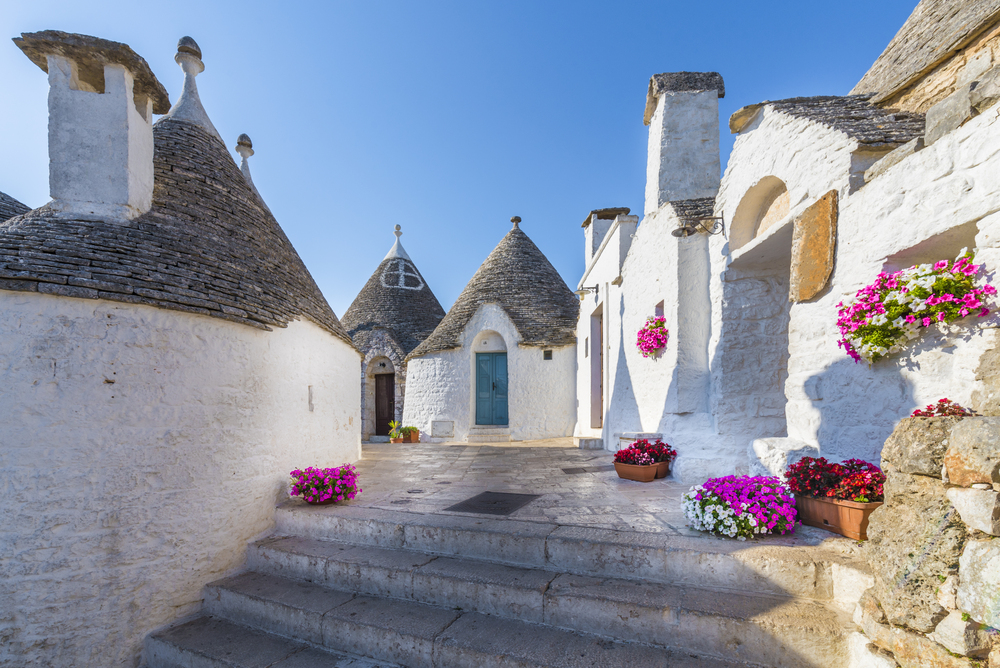
The UNESCO-protected village is the pinnacle of traditional Puglian trulli
architecture, with over 1,500 limestone dwellings. The distinctive conical roofs
showcase unique construction techniques that date back to the 14th century, using
mortarless limestone slabs.
The intricate symbols painted on the roofs reflect pagan and Christian architectural traditions. The carefully preserved urban layout demonstrates medieval town planning principles.
San Gimignano, Tuscany
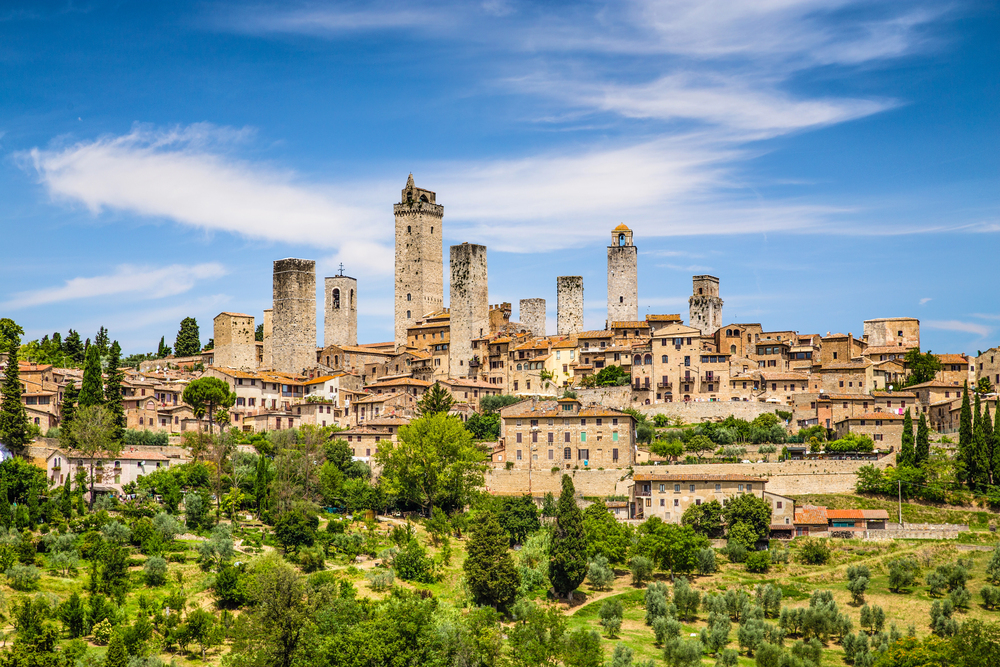
This medieval Manhattan rises from the Tuscan countryside with its remarkable
collection of 14 surviving tower houses. The village exemplifies the perfect fusion of
military and residential architecture from the 12th and 13th centuries.
The preserved urban structure reveals sophisticated medieval city planning and engineering capabilities. The towers themselves demonstrate advanced construction techniques that influenced fortified architecture throughout Europe.
Like Travel Pug’s content? Follow us on MSN.
Castell’Arquato, Emilia-Romagna
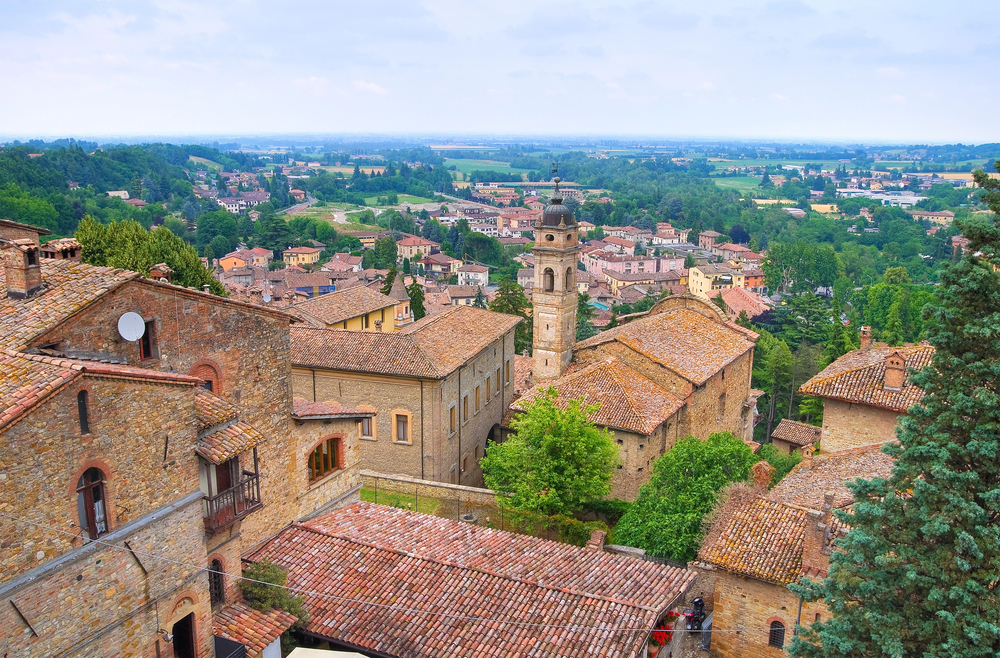
This perfectly preserved medieval village showcases northern Italy’s outstanding
Romanesque and Gothic architecture. The village’s strategic hilltop position required
innovative architectural solutions for defense and daily life.
The harmonious blend of civic, religious, and military buildings creates a complete medieval architectural ensemble. The fortified upper town demonstrates sophisticated urban planning principles from the 8th century.
Calcata, Lazio
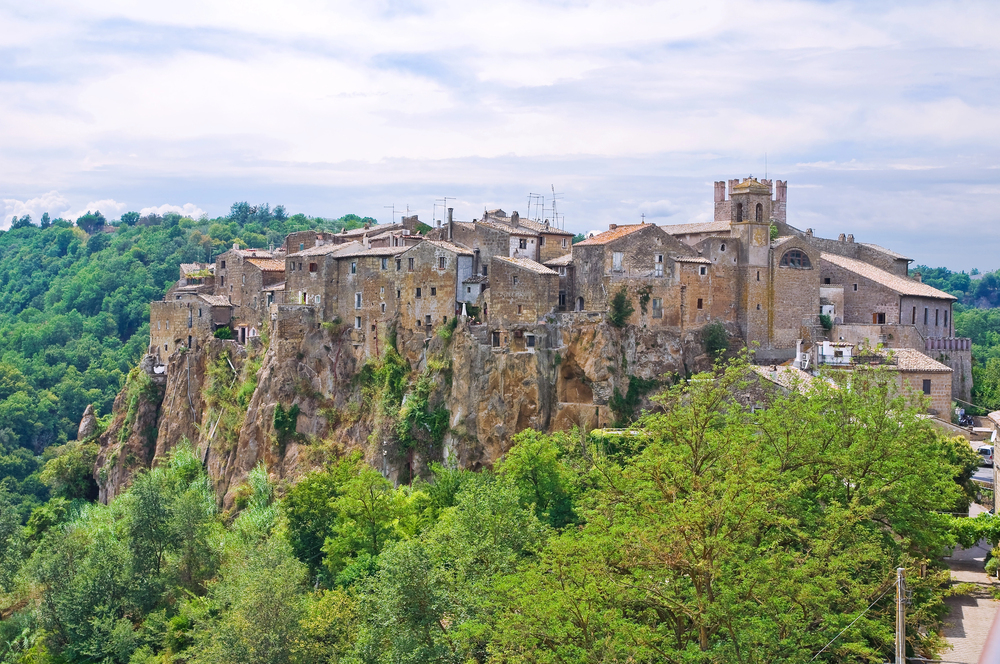
This dramatic village perched on volcanic cliffs features remarkable examples of
medieval defensive architecture. The settlement showcases innovative solutions for
building on challenging terrain, including complex foundational support systems.
Its compact layout demonstrates medieval space optimization techniques in fortified
settlements. The restored artists’ houses show creative adaptations of historical
structures for modern use.
Civita di Bagnoregio, Umbria
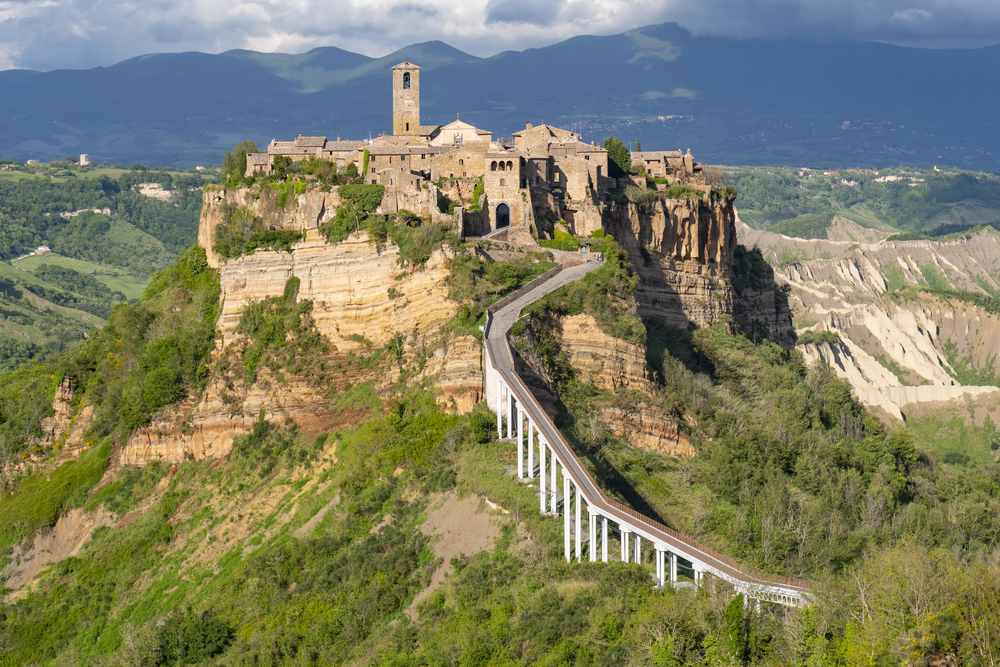
This cloud village, located atop an eroding plateau and accessible only by bridge,
demonstrates remarkable medieval engineering. The buildings showcase innovative
structural solutions for dealing with geological instability over centuries.
The village’s architecture reflects continuous adaptation to environmental challenges while maintaining historical integrity. The surviving structures exemplify medieval
construction techniques designed for longevity in extreme conditions.
Like Travel Pug’s content? Follow us on MSN.
Gangi, Sicily
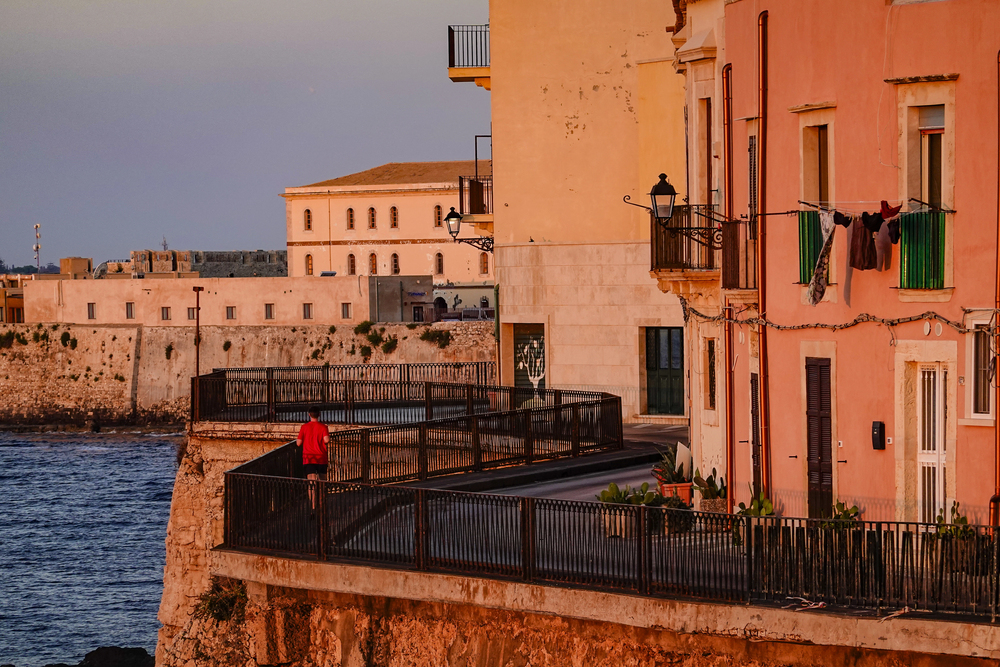
This mountaintop village combines exceptional Baroque architectural elements with
medieval structures. Its stepped urban layout showcases innovative solutions for
building on steep terrain in different historical periods.
The palace facades demonstrate the evolution of Sicilian aristocratic architecture from the 14th to the 18th centuries. The religious buildings display unique combinations of Norman, Arabic, and Baroque architectural influences.
Castelmezzano, Basilicata
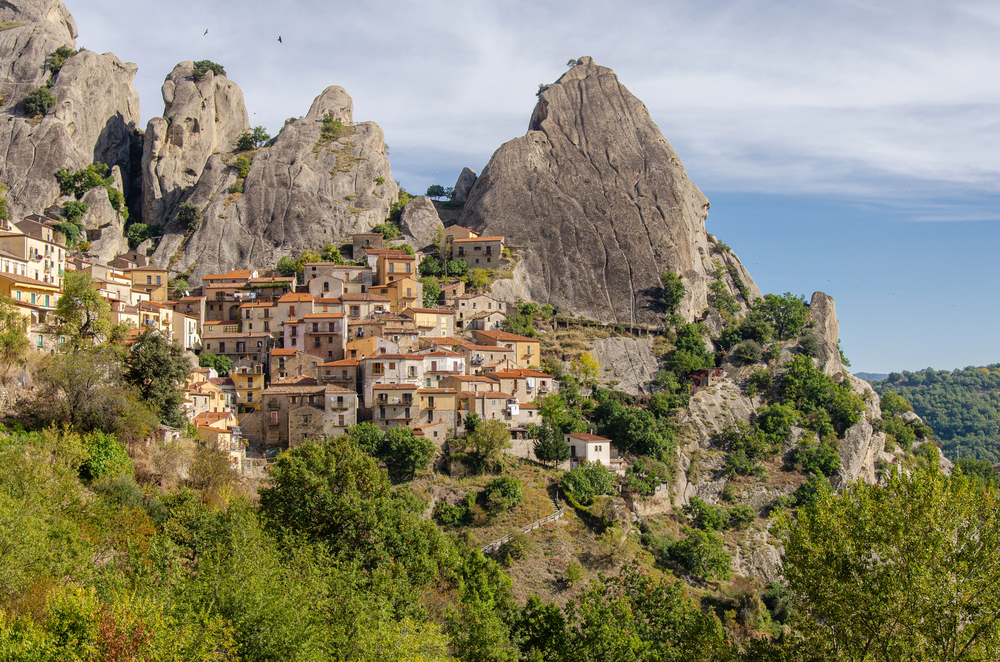
This village, carved into the Dolomiti Lucane mountains, exemplifies innovative
medieval construction techniques in extreme locations. The urban structure follows
the natural rock formations, creating a unique architectural harmony with the
landscape.
The defensive elements showcase sophisticated military engineering adapted to the mountainous terrain. The restored historical buildings demonstrate traditional construction methods using local stone.
Spello, Umbria

This Roman and medieval village features remarkably intact ancient walls
incorporating three Roman gates. The urban layout preserves the original Roman
street plan while showcasing medieval architectural adaptations.
The Renaissance palaces demonstrate the evolution of domestic architecture in Umbrian hill towns. The religious buildings exemplify the transition from Romanesque to Gothic architectural styles.
Like Travel Pug’s content? Follow us on MSN.
Collodi, Tuscany
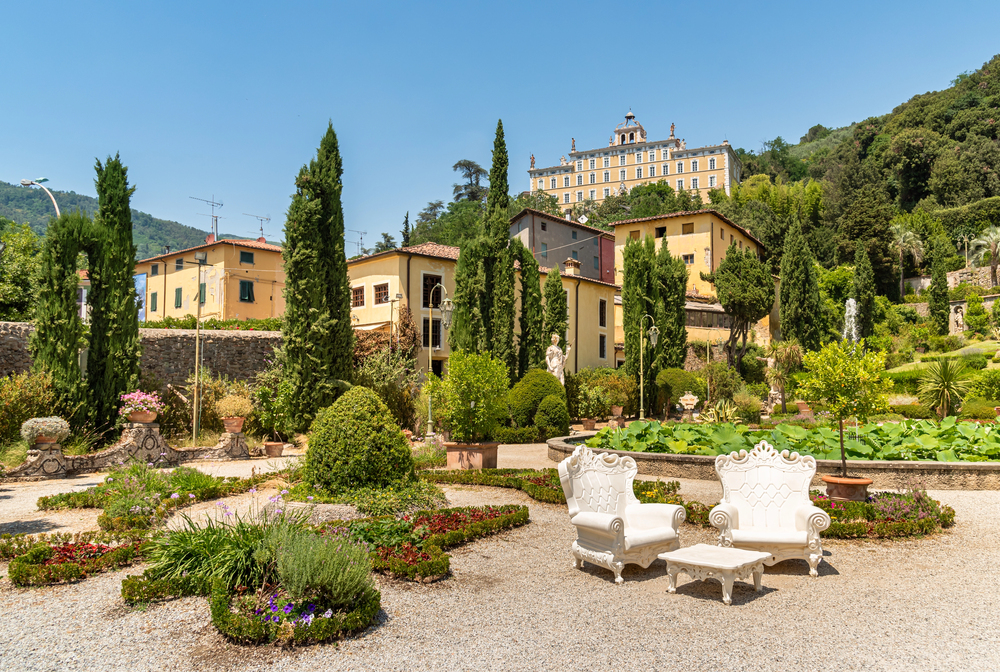
This cascading village showcases innovative terraced architecture from the medieval
period to the Baroque era. The Garzoni Garden demonstrates the sophisticated
integration of architecture and landscape design in the 17th century.
The village structure reveals advanced engineering solutions for water management and
terraced construction. The restored buildings show the evolution of Tuscan
vernacular architecture over five centuries.
Monteriggioni, Tuscany

This perfectly circular walled town represents the pinnacle of medieval military
architectural planning. The 14 towers and surrounding walls demonstrate
sophisticated defensive engineering from the 13th century.
The urban layout reveals an advanced understanding of symmetry and proportion in medieval town planning. The preserved gates showcase innovative solutions for combining defensive and ceremonial architectural elements.
Santo Stefano di Sessanio, Abruzzo
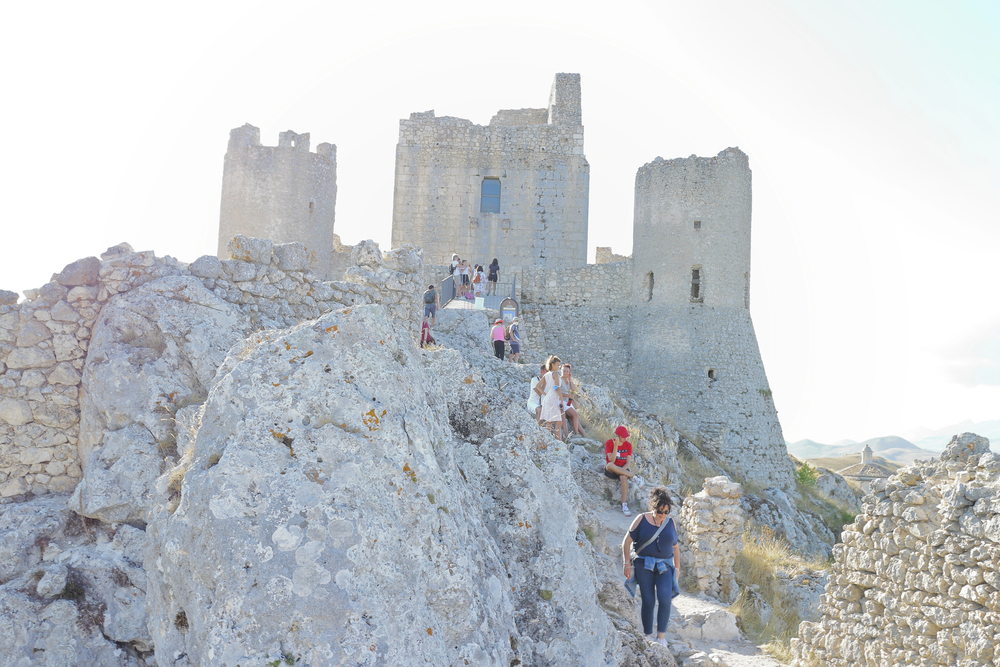
This medieval wool-trading center exemplifies the architecture of Italy’s fortified
mountain villages. The unique urban structure demonstrates sophisticated solutions
for building in high-altitude environments.
The restored Albergo diffuso shows an innovative adaptation of historical architecture for modern hospitality. The defensive tower showcases advanced military engineering techniques from the Medici period.
Like Travel Pug’s content? Follow us on MSN.
Savoca, Sicily
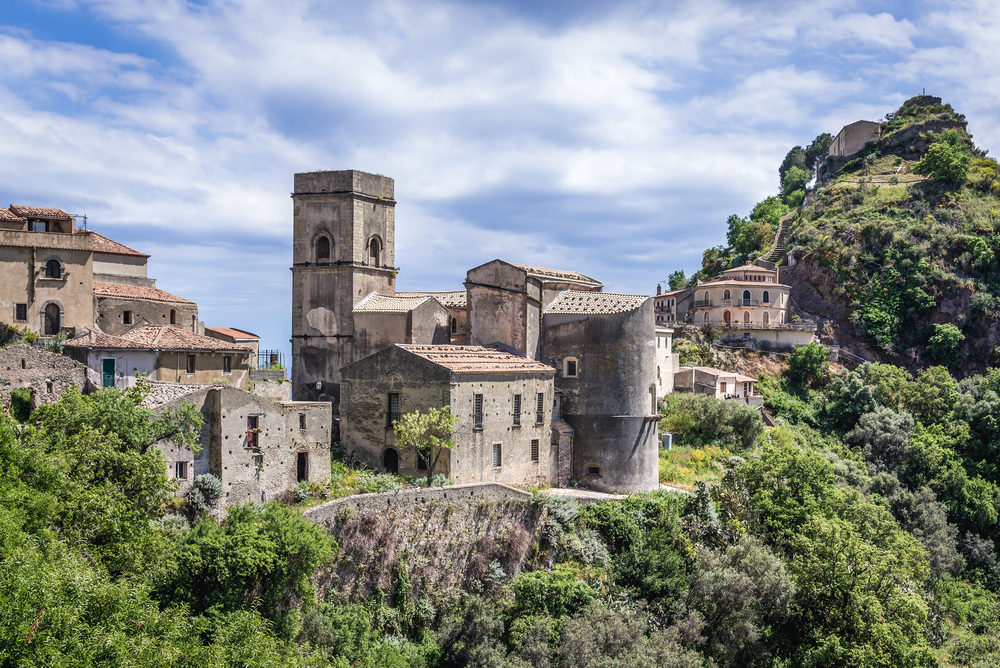
This hilltop village features remarkable examples of medieval and baroque
architecture with Arab influences. The urban layout demonstrates sophisticated
adaptation to steep terrain while maintaining defensive capabilities.
The religious buildings showcase unique combinations of Norman, Byzantine, and Baroque architectural elements. The noble palaces reveal the evolution of Sicilian aristocratic architecture through different periods.
Pentedattilo, Calabria
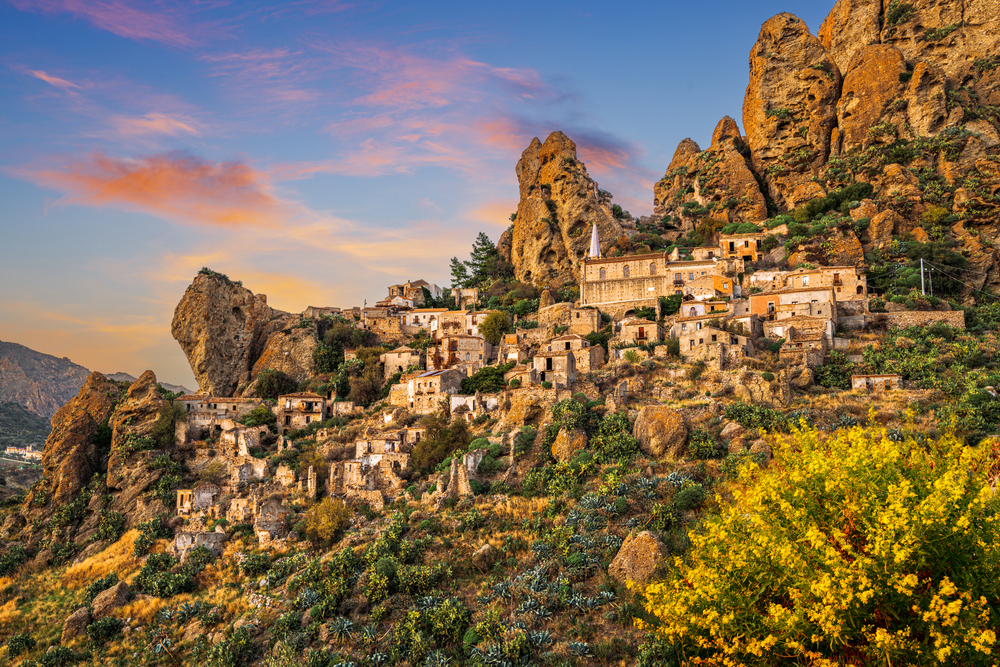
This abandoned village carved into a rock formation showcases remarkable
examples of vertical architecture. The building techniques demonstrate innovative
solutions for construction on near-vertical surfaces.
The restored structures reveal sophisticated engineering methods used in different historical periods. The layout shows an advanced understanding of natural defensive positions in medieval military architecture.
Rocca Calascio, Abruzzo
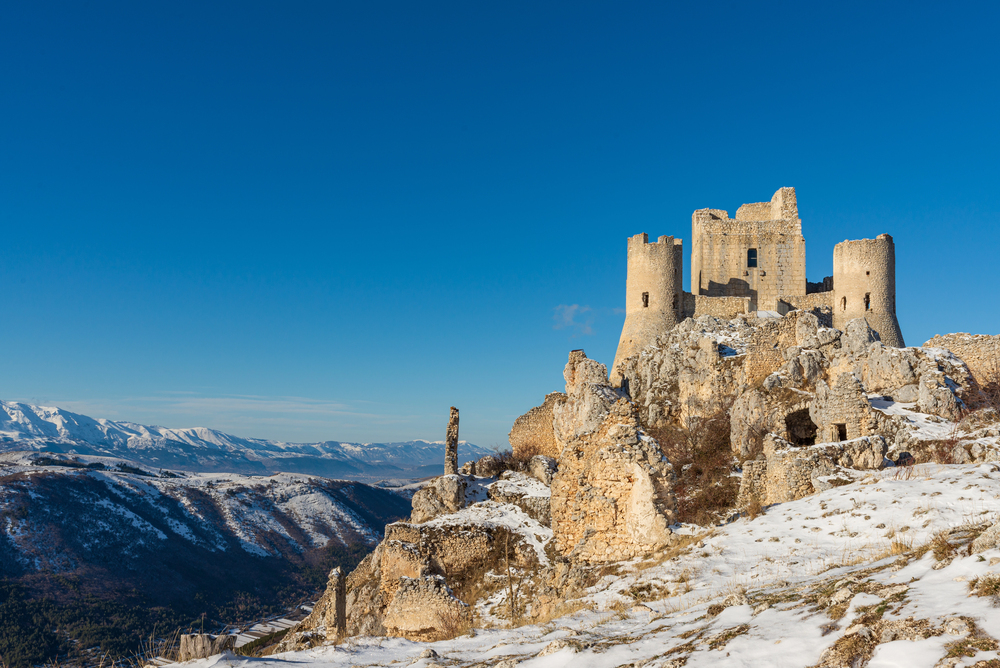
This village, crowned by Europe’s highest fortress, demonstrates medieval military
architecture at its finest. The octagonal fortress design showcases innovative
defensive engineering from the 10th century.
The village structure reveals sophisticated solutions for high-altitude construction and fortification. The restored buildings demonstrate traditional construction techniques using local limestone.
Like Travel Pug’s content? Follow us on MSN.
Sorano, Tuscany
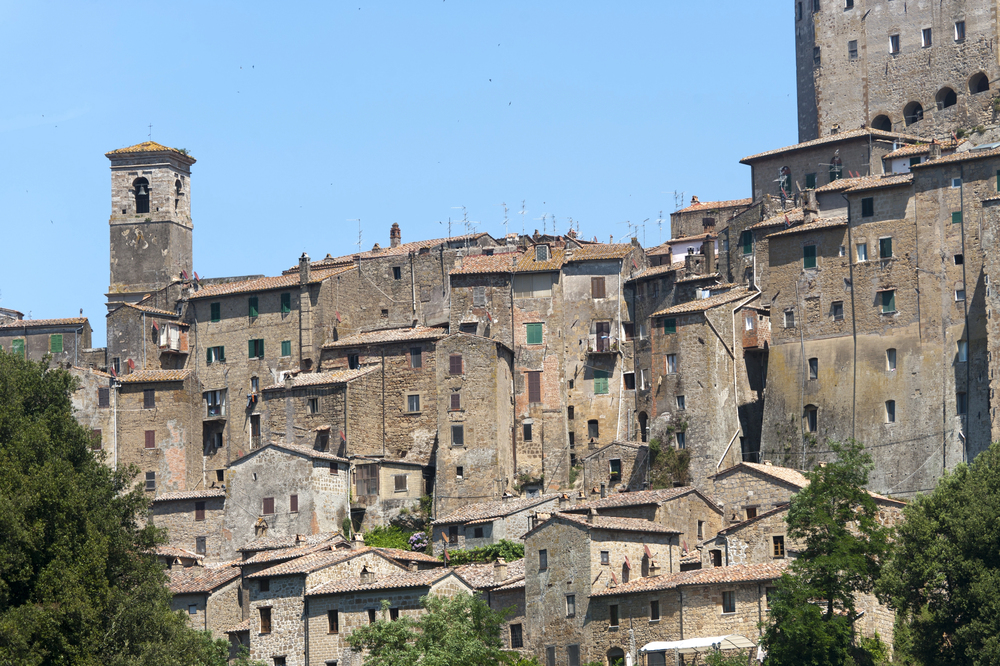
This village of Etruscan origin, carved into tufa rock, showcases remarkable cave
architecture and fortifications. The Orsini Fortress demonstrates sophisticated
military engineering from multiple historical periods.
The urban structure reveals an advanced understanding of defensive positioning and space utilization. The underground pathways showcase innovative solutions for connecting different levels of the village.
Castel Gandolfo, Lazio
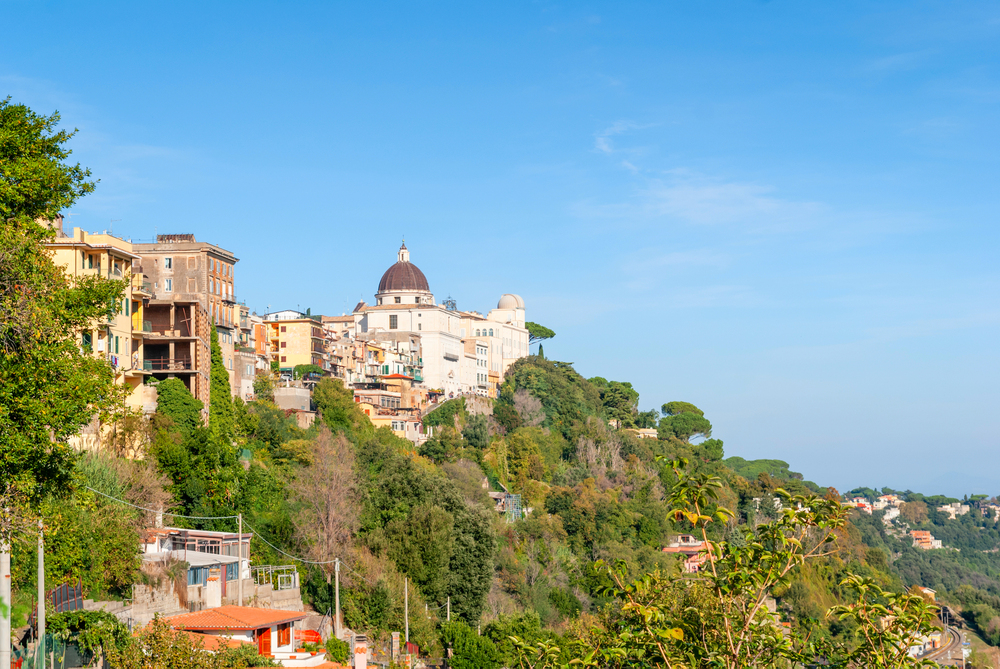
This papal village, overlooking Lake Albano, showcases remarkable Renaissance
and Baroque architectural grandeur. The Apostolic Palace demonstrates a
sophisticated integration of residential and ceremonial architectural elements from
multiple periods.
The urban layout reveals advanced engineering solutions for building on volcanic crater walls. The historic center features unique examples of ecclesiastical architecture blended with Roman ruins.
Cornello dei Tasso, Lombardy
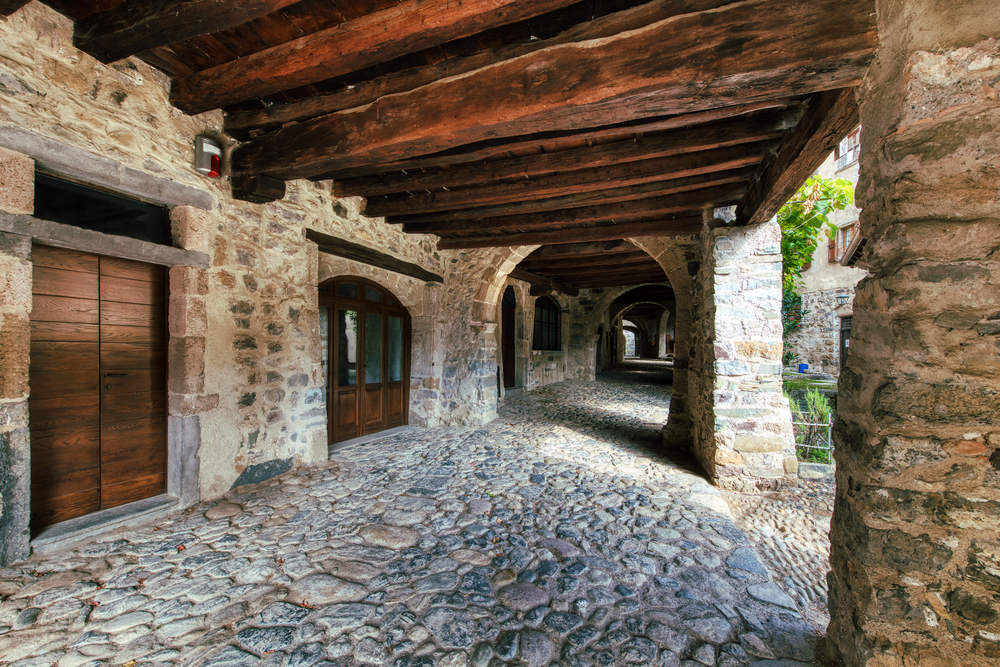
This medieval postal village in northern Italy preserves unique 13th-century
commercial and residential architecture. The elevated stone walkways demonstrate
innovative medieval solutions for separating pedestrian and commercial traffic.
The perfectly preserved porticoed street showcases sophisticated medieval urban
planning for merchant activities. The noble residences reveal the evolution of alpine
architectural styles from the Middle Ages through the Renaissance.
Like Travel Pug’s content? Follow us on MSN.
Architectural Treasures Await Your Discovery
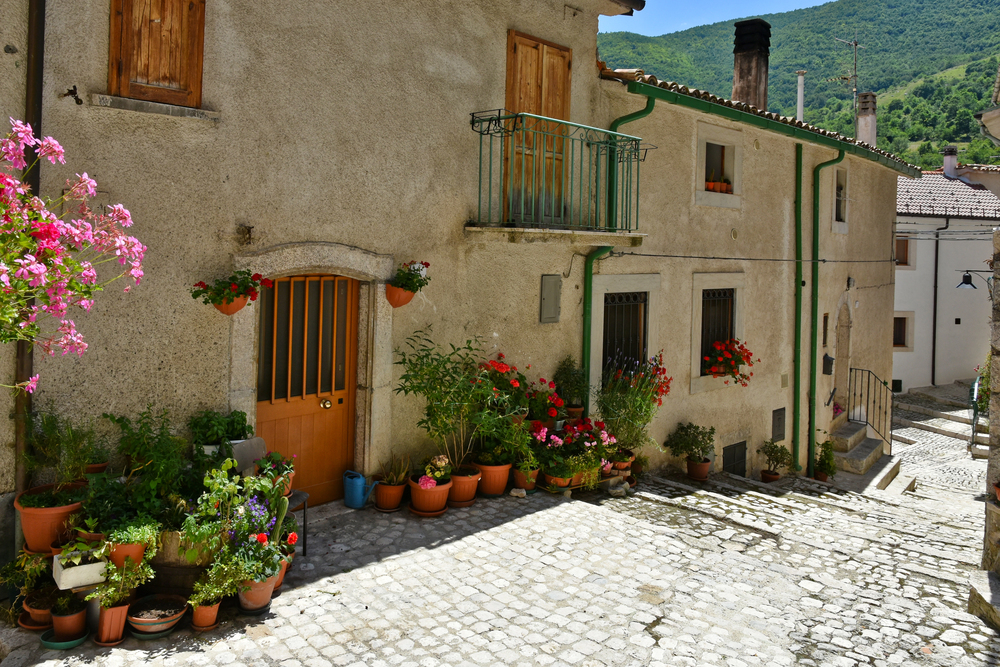
Your journey through Italy’s most architecturally significant villages reveals the
incredible diversity and ingenuity of historical Italian design and construction. Each
town is a testament to the enduring legacy of different architectural periods, from
ancient Roman to medieval, Renaissance, and Baroque styles.
These communities continue to inspire modern architects and preserve traditional
building techniques for future generations. Preserving these architectural treasures
ensures visitors can experience authentic Italian craftsmanship and design
excellence for years.
More from Travel Pug

- 15 Dangerous European Cities to Avoid
- 15 Caribbean Islands Where Tourists Keep Getting Scammed
- The 20 Most Fascinating Abandoned Places: A Journey Through Time and Forgotten Spaces
- 15 Hidden Places in the Smithsonian Museums Locals Love: A Guide to Lesser-Known Treasures
- 16 Hidden Florida Beach Towns That Aren’t Overrun with Tourists
Like Travel Pug’s content? Follow us on MSN.
